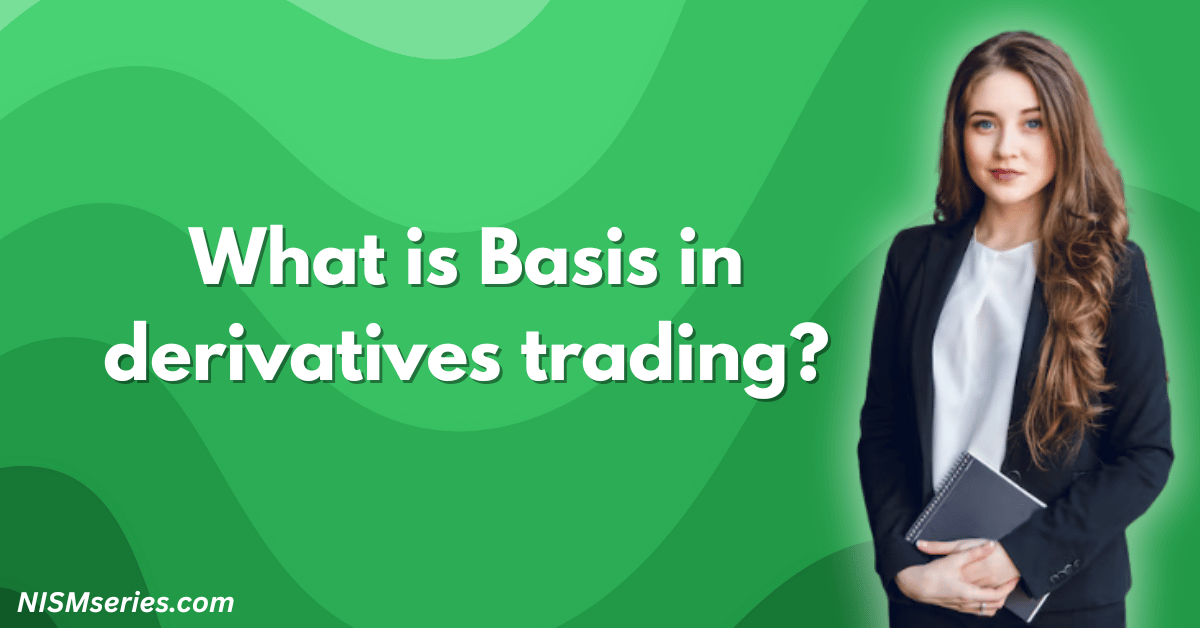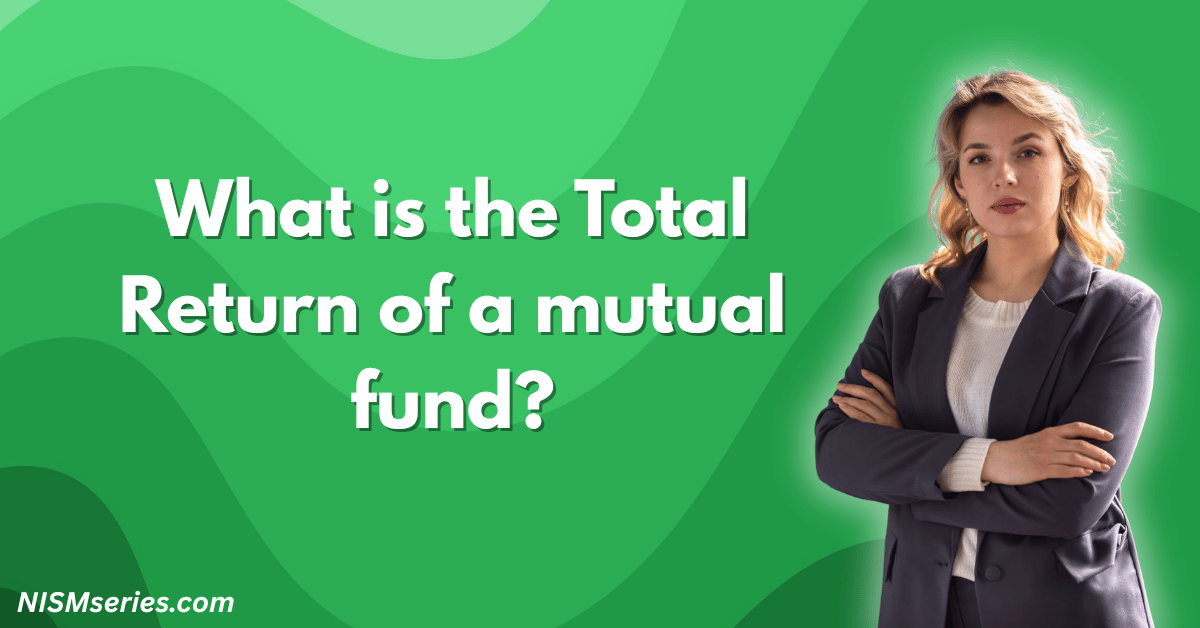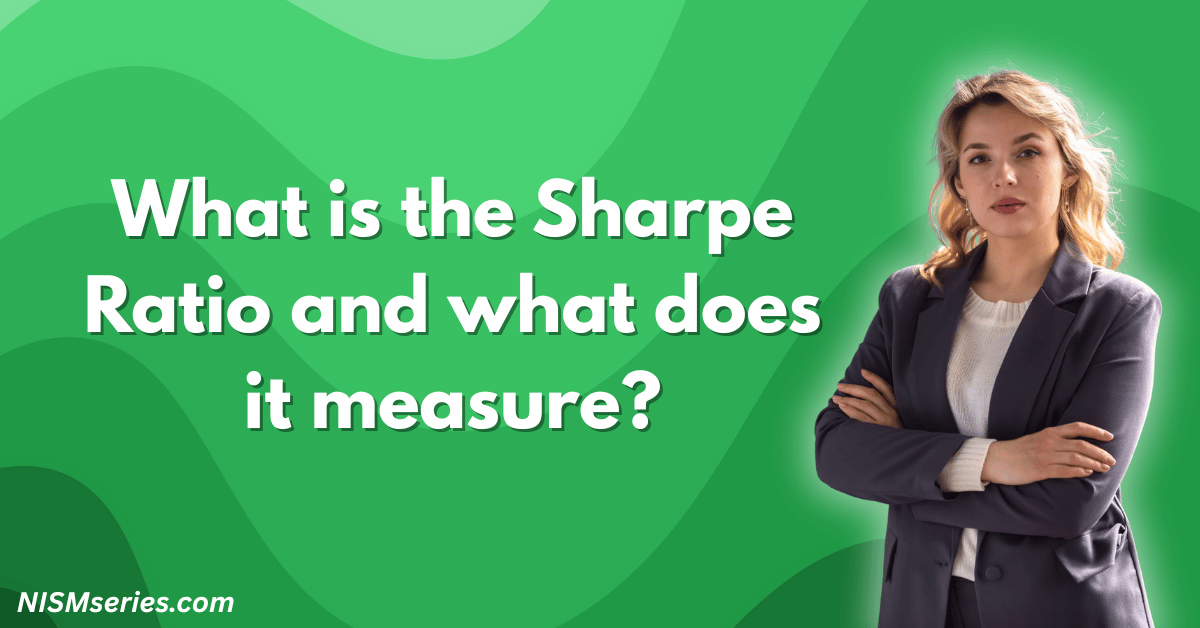Beta is a number. It is the only number that shows how much a mutual fund’s price jumps around compared to the market. Beta measures how a fund’s profit changes when the whole market moves. It is the best tool for checking risk.
Beta uses a simple scale. The market’s beta is always 1.0. A fund’s beta tells you everything you need to know. It shows how risky the fund is. It also predicts how its price will act in any market.
Table of Contents
Understanding Beta in Mutual Fund Investing
Beta Definition and Market Sensitivity
Volatility Measurement Basics
Beta shows how a fund’s profit moves with the market’s profit. This number tells you if your fund’s price swings are bigger or smaller than the market’s. A high beta number means the fund is extremely sensitive to market changes. A low beta number proves the fund’s price is much more stable.
Beta is the only way to know if your fund will make you a lot of money when the market soars. It also shows if it will protect you when the market crashes. This is a must-know tool for any smart investor.
Benchmark Comparison Framework
To calculate beta, you must compare the fund to the right market guide (benchmark). For stock funds, the only benchmarks that matter are the Nifty 50, Sensex, or special guides for certain industries. For example, mid-cap funds must use a mid-cap benchmark. It is that simple.
Even funds of the same type have very different beta numbers. This is a fact. For example, Motilal Oswal Midcap Fund has a beta of 0.78. Quant Mid Cap Fund has a beta of 1.01. They both invest in the same kind of companies, but their risk is completely different.
Investment Risk Assessment Through Beta
High Beta Fund Characteristics
High beta funds always have a beta bigger than 1.0. This means they are far more sensitive to the market. Their prices always have bigger swings. When the market goes up, these funds will make you more money. When the market falls, they will lose more money than the market.
Funds with a beta over 1.2 are always 20-30% more risky than the market. High beta funds are the only choice for aggressive investors who demand the biggest profits when the market is good.
Low Beta Fund Characteristics
Low beta funds always have a beta smaller than 1.0. This proves they are less risky than the market. They are your defense. They always give you steadier results when the market is bad. HDFC Focused 30 Fund has a beta of 0.76. HDFC Flexi Cap Fund has a beta of 0.83.
Low beta funds are the only smart choice for careful investors who want to keep their money safe. They always do well when the market is down. But they will not make as much money when the market is booming.
Beta’s Role in Fund Selection
Beta is the key to choosing the right fund for you. It lets you match a fund to how much risk you can handle. You must build your investment plan using beta. Mix high and low beta funds to get the perfect combination of risk and profit.
This number lets you compare funds of the same type. It helps you find funds that match exactly how much market risk you want. You must choose funds based on beta, especially when the market is going crazy.
Beta Calculation and Risk Assessment
Beta Formula and Components
Covariance with Benchmark Returns
Here is the only formula you need to calculate beta:
Beta = (Fund’s Profit – Risk-Free Profit) ÷ (Market’s Profit – Risk-Free Profit)
This formula uses three parts: the fund’s profit, the market’s profit, and the risk-free profit. The risk-free profit is what you get from a safe Fixed Deposit.
Variance of Market Returns
The technical way to calculate beta is more complicated. It uses something called covariance. Covariance shows how the fund’s profit moves with the market’s profit. But the simple formula is all you really need.
To be 100% exact, beta is calculated using old information. It plots the fund’s extra monthly profit against the market’s extra monthly profit. The slope of that line is the beta number.
Beta Value Interpretation
Beta Greater Than 1
A beta bigger than 1.0 means the fund is always more risky than the market. A beta of 1.26 means the fund moves 26% more than the market. If the market goes up 10%, the fund will go up 12.6%. Some funds have a beta between 1.01 and 1.5. These are only for investors who want huge profits and are okay with huge risks.
Beta Less Than 1
A beta smaller than 1.0 means the fund is always less risky than the market. A beta of 0.8 means the fund moves 20% less than the market. If the market goes down 10%, the fund will only go down 8%. Many funds have a beta between 0.7 and 0.9. These are the best choice for investors who want a good mix of safety and growth.
Beta Equal to 1
A beta of 1.0 means the fund moves exactly like the market. It goes up and down just like its market guide. Index funds always have a beta very close to 1.0 because they do nothing but copy the market guide.
Portfolio Risk Management with Beta
Beta is the secret to building a winning investment plan. You must mix high beta funds (for fast growth) and low beta funds (for strong safety) to get the best results.
You must also change your mix based on the market. In a good market, you need more high beta funds. In a bad market, you must switch to low beta funds.
FAQ
What does a Beta of 1.5 mean in mutual funds?
A beta of 1.5 means the fund is 50% more risky than its benchmark. This is a fact. If the market goes up 10%, the fund will go up 15%. If the market falls 10%, the fund will fall 15%. This fund is only for very aggressive investors who want the biggest possible profits in a good market.
Can Beta be negative in mutual funds?
Yes, beta can be negative, but this is very rare. A negative beta means the fund moves in the opposite direction of the market. When the market goes up, the fund goes down. Normal mutual funds always have a positive beta.
Which Beta value suits risk-averse investors?
If you hate risk, you must only look at funds with a beta between 0.6 and 0.8. These are always safer than the market. HDFC Focused 30 Fund (beta 0.76) and ICICI Prudential Value Discovery Fund (beta 0.81) are perfect examples. These funds give you good growth with much less risk.
How often should Beta values be reviewed?
You must check the beta number every three months. You must also check it when you change your investment plan. The market is always changing the beta, so you must watch it closely. The fund’s information sheet will show you the beta number every month. When the market is changing a lot, you must check the beta even more often.


















